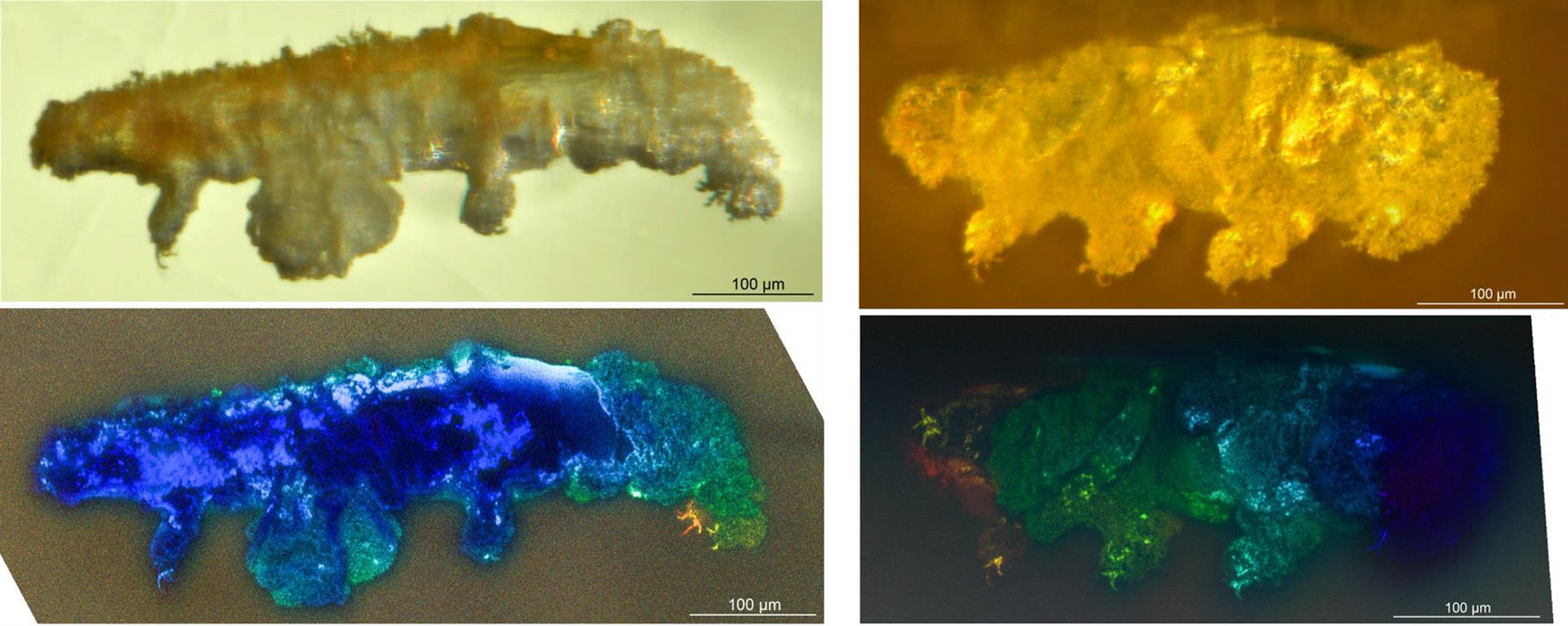Scientists discover new species fossilised in 16-million-year-old amber
A new species of tardigrade has been discovered in what scientists are calling a ‘once-in-a-generation’ find

A microscopic new species has been discovered after being preserved in amber for millions of years in what scientists are calling a “once-in-a-generation” find.
The micro-animal, which measures just over half a millimetre long, is a previously unknown species of tardigrade: eight-legged creatures also known as water bears which have been known to survive apocalyptic conditions.
The discovery, which was made by scientists at the New Jersey Institute of Technology and Harvard University, is just the third fossilised tardigrade on record.
Researchers have linked the new species, named Paradoryphoribius chronocaribbeus, to the modern tardigrade superfamily Isohypsibioidea and said that it could help them to map the creatures’s progression through history.
Dr Phil Barden, senior author of a report published on the find, said: “The discovery of a fossil tardigrade is truly a once-in-a-generation event.
“What is so remarkable is that tardigrades are a ubiquitous ancient lineage that has seen it all on Earth, from the fall of the dinosaurs to the rise of terrestrial colonisation of plants.
“Yet, they are like a ghost lineage for palaeontologists with almost no fossil record. Finding any tardigrade fossil remains is an exciting moment where we can empirically see their progression through Earth history.”
Part of what makes the discovery so rare is how difficult tardigrades are to spot. Researchers spent months studying the 16-million-year-old Dominican amber sample in which the tardigrade was eventually found before they even noticed it was there.
The new species is now the best-imaged fossilised tardigrade to date, revealing the invertebrate’s mouthparts and needle-like claws in micron-level detail.
Scientists have also been able to get a closer look at its internal anatomy, which will help them establish how the creatures — which have survived multiple mass extinction events and even the vacuum of space — have evolved.
The Paradoryphoribius chronocaribbeus will be kept at the American Museum of Natural History Division of Invertebrate of Zoology.
Join our commenting forum
Join thought-provoking conversations, follow other Independent readers and see their replies
Comments